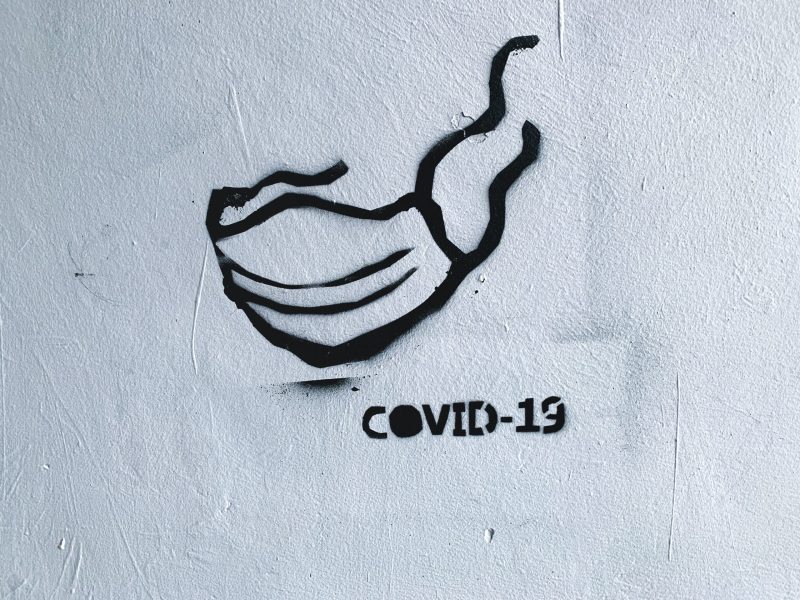I was diagnosed with Type 1 diabetes when I was five years old. For those who are unfamiliar with the illness, Type 1 diabetes is a chronic autoimmune disease where the cells that produce insulin in the pancreas are destroyed and the body cannot convert food into energy anymore. It is currently incurable and not preventable (and it is not the same as Type 2 diabetes). I rely on insulin injections and blood glucose testing every day (about 20 shots daily — I jokingly call myself a human pin cushion).
Type 1 diabetes is an invisible illness. You cannot tell I have it until I whip out my needles (which always shocks a few people). Living with Type 1 diabetes is never easy, but during a pandemic it becomes even more complicated.
It was weird for me when people my age were saying we didn’t have to worry too much about the illness because it mainly affected the elderly and those with underlying health conditions. I thought, “Wait… that’s me.”
It was even weirder when I looked at the list of those who are most at risk and saw my disease at the very top. Then, I heard T1Ds (Type 1 diabetics) were suffering at a nearby hospital because its staff wasn’t prepared with adequate diabetic supplies or knowledge of how to care for the disease.
Thankfully, I don’t yet have major complications because of my disease. Catching the virus would make my disease much harder to manage and would likely cause severe long-term complications, such as kidney, nerve and eye damage. In the short term, however, the chances that I would recover are in my favor. My father is also a physician, so I know that I would have plenty of medical resources available.
However, for T1Ds who don’t have access to quality healthcare, COVID-19 could be a death sentence. Type 1 diabetics that are people of color are disproportionately affected by the virus. According to a study published by The Journal of Clinical Endocrinology and Metabolism, average HbA1c is significantly higher in Black than white Type 1 diabetics. HbA1c reflects how well a diabetic individual’s disease is managed, and higher numbers point to more potential long-term health complications and higher vulnerability to other illnesses.
With people growing bored of isolation and beginning to gather again, remember that people with chronic health conditions cannot join. We cannot pretend that the pandemic doesn’t exist. Ignorance may be bliss, but it can also prove fatal. So, please, wear a mask in public. For people who struggle with chronic illnesses, for those who lack medical resources, for your family and for yourself. Lives literally depend on it.
Contact Lauren Grove at lgrove ‘at’ stanford.edu.
